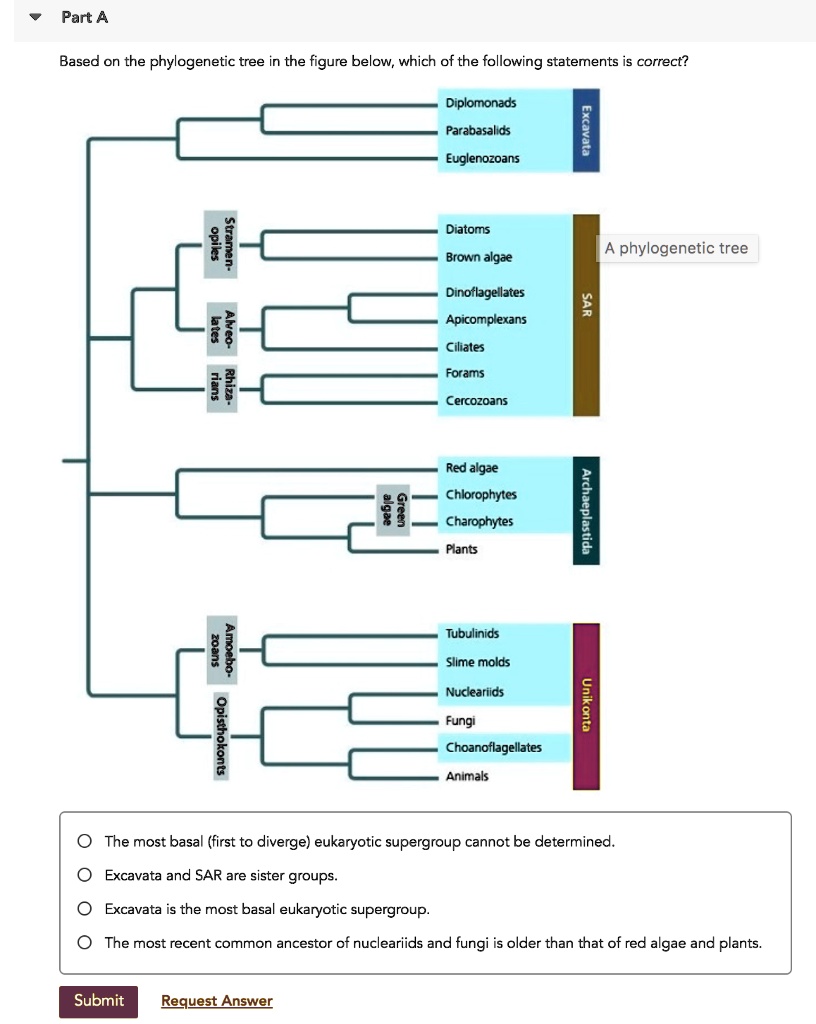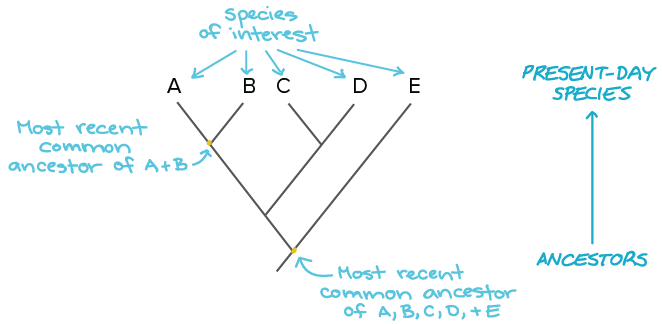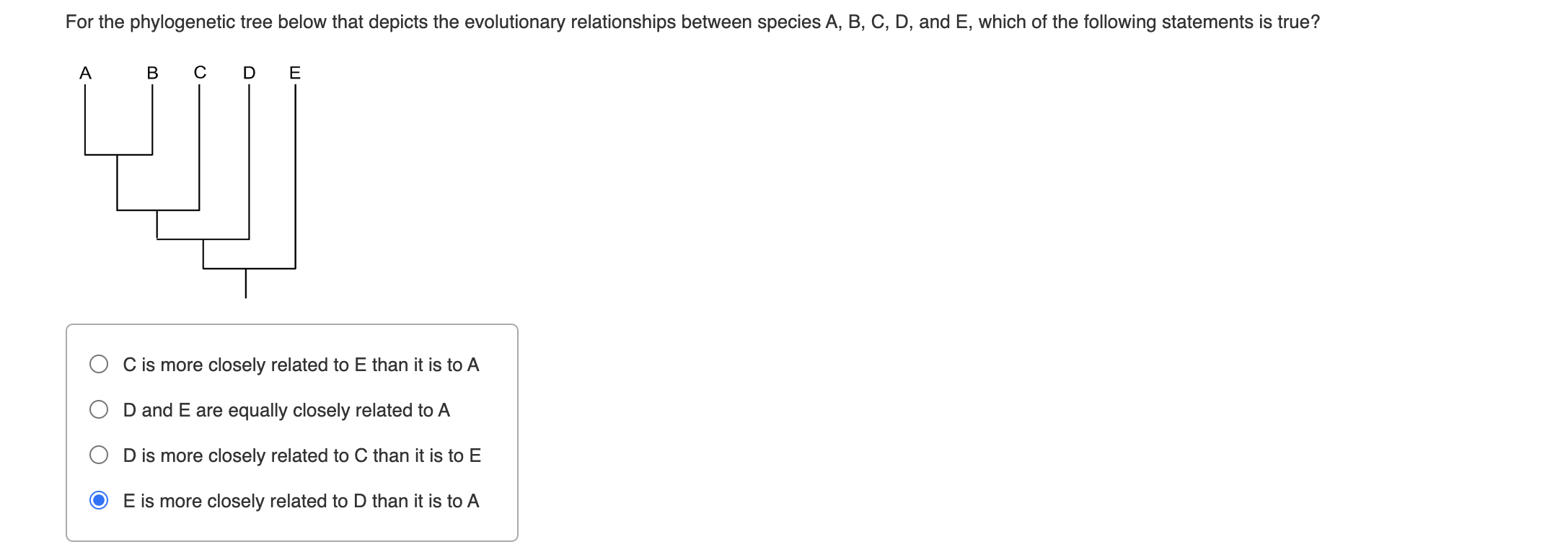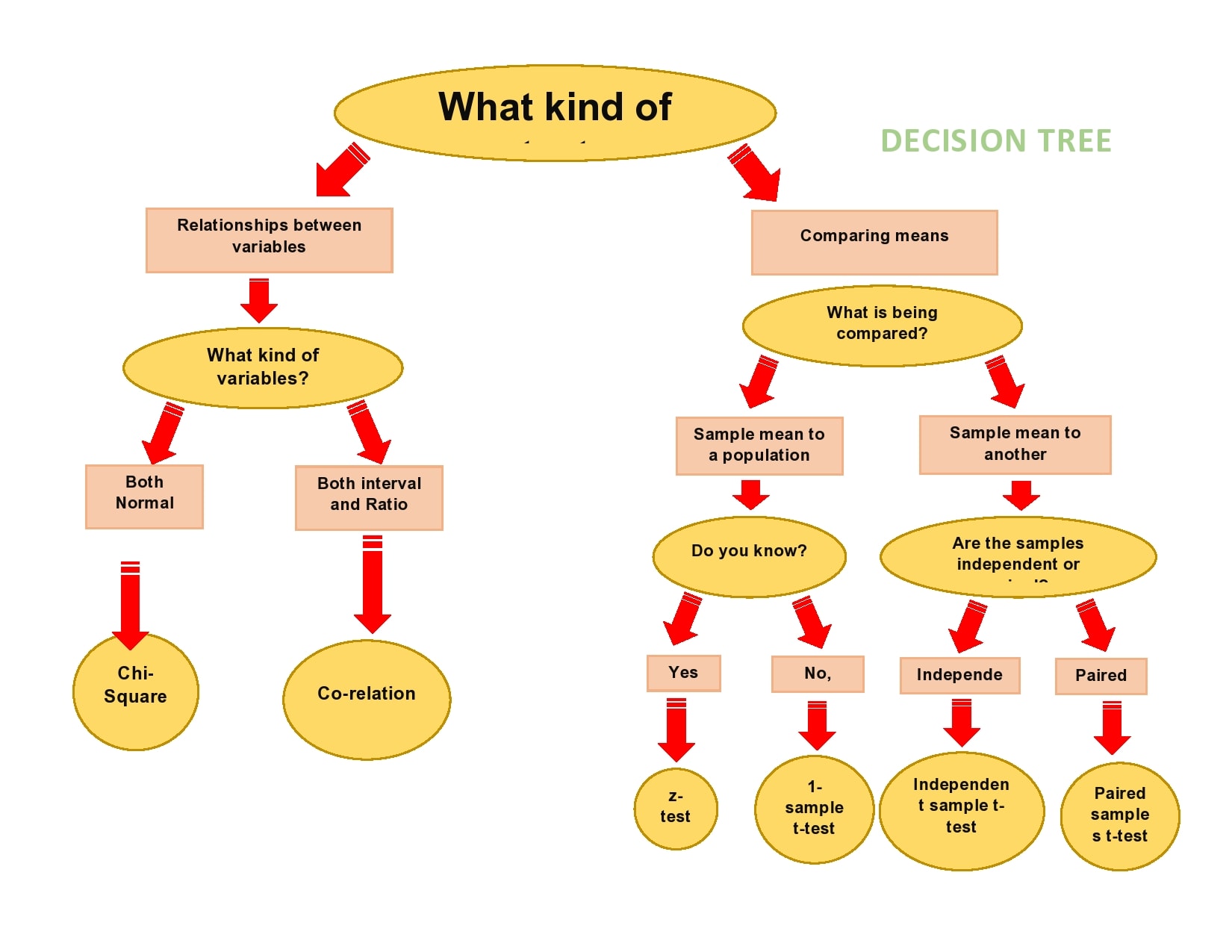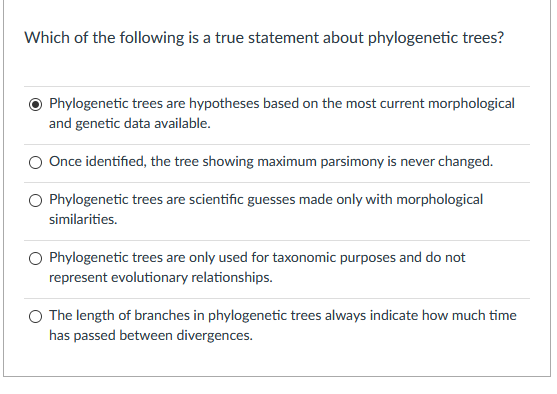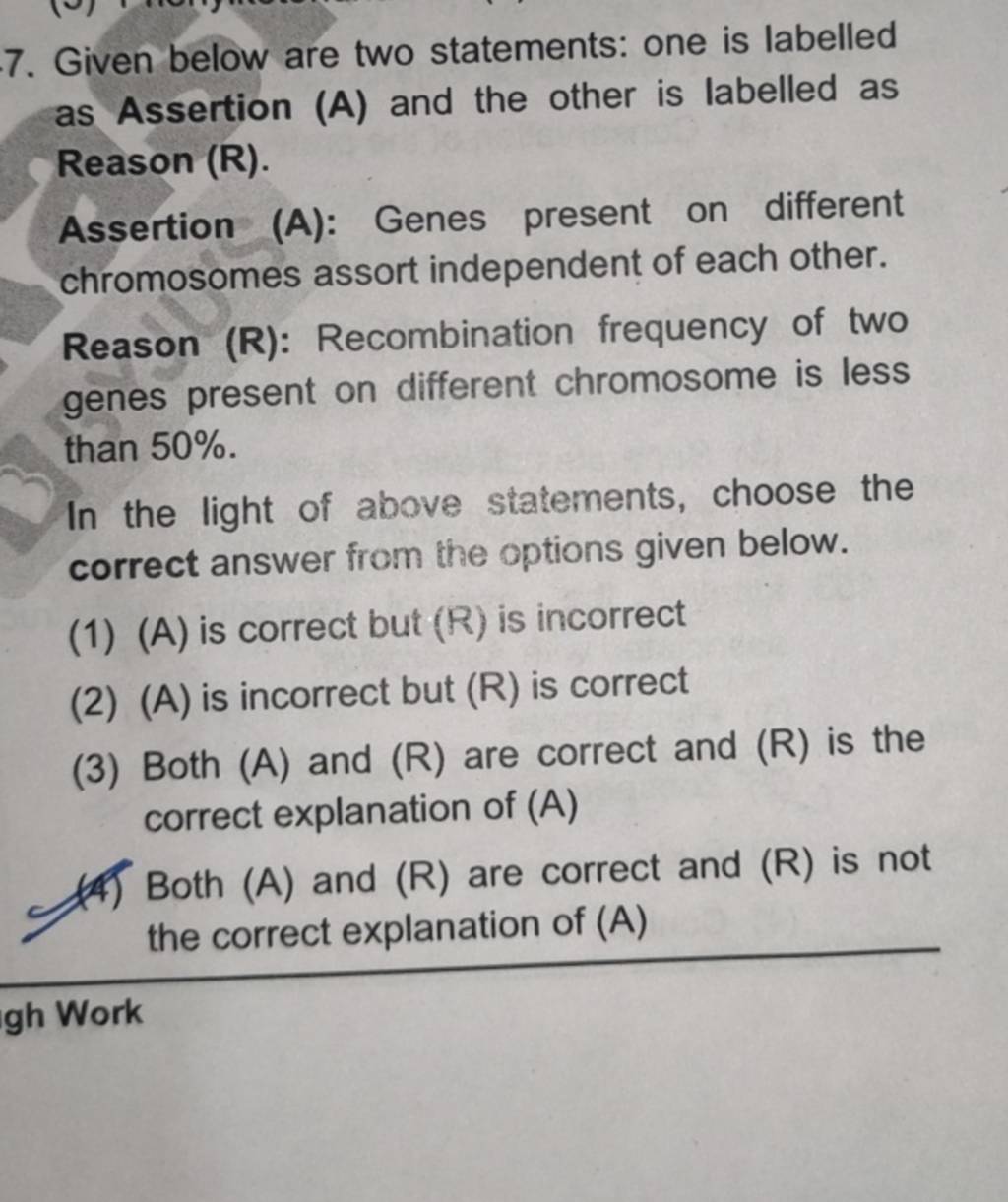Based On This Tree Select The Correct Statement

The unassuming image of a tree, accompanied by multiple-choice statements, has ignited a firestorm of debate across social media and academic circles. What appears to be a simple exercise in dendrology has become a surprisingly complex battleground over scientific literacy, educational standards, and the interpretation of visual data. Misinformation and oversimplification further fuel the flames.
At the heart of the controversy lies a seemingly innocuous question: "Based on this tree, select the correct statement." The problem isn't the question itself, but the ambiguity inherent in the accompanying image and the potential for misinterpretations based on limited information. Experts worry that such problems, devoid of crucial contextual details, could lead to flawed conclusions and undermine the public's understanding of ecological principles. This article will dissect the debate, examining its origins, the arguments on both sides, and the broader implications for education and scientific communication.
The Spark: A Problem's Ambiguity
The contentious problem, often shared as a screenshot, typically features a photograph or illustration of a tree. The accompanying multiple-choice options usually revolve around species identification, health assessment, or environmental impact. However, the images rarely provide sufficient detail for accurate assessment.
Without information on location, scale, or specific characteristics, determining the correct answer becomes a game of educated guessing, rather than informed analysis. This lack of clarity is precisely what triggers so much disagreement.
The Critics: Concerns Over Oversimplification and Misinformation
Leading the charge against the "tree problem" are educators and scientists who argue that it fosters a superficial understanding of complex ecological concepts. Dr. Emily Carter, a professor of environmental science at the University of California, Berkeley, explains the concerns. "These types of questions often reduce intricate biological systems to simplistic binaries. They discourage critical thinking."
Carter highlights the risk of reinforcing incorrect assumptions: “Without proper context, students might rely on superficial observations, leading to inaccurate generalizations.” This can be especially detrimental when dealing with issues like climate change and deforestation, where nuanced understanding is paramount.
Further complicating matters is the proliferation of misinformation on social media. Unverified claims and anecdotal evidence often overshadow scientific consensus, making it difficult for individuals to discern credible information.
"The internet is rife with misleading information, and these kinds of seemingly simple problems can easily be misinterpreted and amplified," warns Dr. David Lee, a botanist at Cornell University.
The Defenders: Accessibility and Engagement
While critics raise valid points, some educators and advocates argue that the "tree problem" can serve as a valuable tool for engaging students with nature. The appeal of its simplicity and visual nature can spark curiosity and encourage further exploration. For instance, Sarah Miller, a high school biology teacher in rural Montana, utilizes similar exercises to introduce ecological concepts to her students.
“These problems can be a great entry point for discussions about biodiversity and environmental stewardship,” Miller argues. “They get students thinking about the world around them, even if the initial assessment is simplified.”
Proponents also emphasize the accessibility of the "tree problem." Unlike complex scientific papers or technical reports, the visual format and multiple-choice options make it easy for individuals of all backgrounds to participate. This accessibility can democratize scientific learning and promote greater environmental awareness, they claim.
Striking a Balance: Context is Key
The debate surrounding the "tree problem" underscores the importance of context in scientific education. Simply presenting an image and asking for an answer is rarely sufficient. Effective learning requires detailed explanations, hands-on experience, and opportunities for critical thinking.
Educational resources should strive for a balance between accessibility and accuracy. While simplified exercises can be useful for sparking initial interest, they must be accompanied by more in-depth information and opportunities for nuanced analysis.
Several initiatives are underway to improve the quality of science education and combat misinformation. Organizations like the National Science Teachers Association (NSTA) offer resources and training for educators. They emphasize the importance of inquiry-based learning and critical thinking skills. The Environmental Protection Agency (EPA) provides accurate and accessible information on environmental issues. They also debunking common myths.
Moving Forward: Embracing Complexity
The “tree problem” controversy serves as a reminder of the challenges and opportunities facing science education in the digital age. While accessibility and engagement are essential, educators and communicators must prioritize accuracy, context, and critical thinking.
By fostering a deeper understanding of ecological principles and empowering individuals to evaluate information critically, we can build a more informed and sustainable future. Moving forward, emphasis should be placed on promoting scientific literacy at all levels.
This requires a collaborative effort from educators, scientists, policymakers, and the media to ensure that complex scientific concepts are communicated clearly, accurately, and engagingly. The goal is not to shy away from complexity, but to equip individuals with the tools and knowledge to navigate it effectively.
